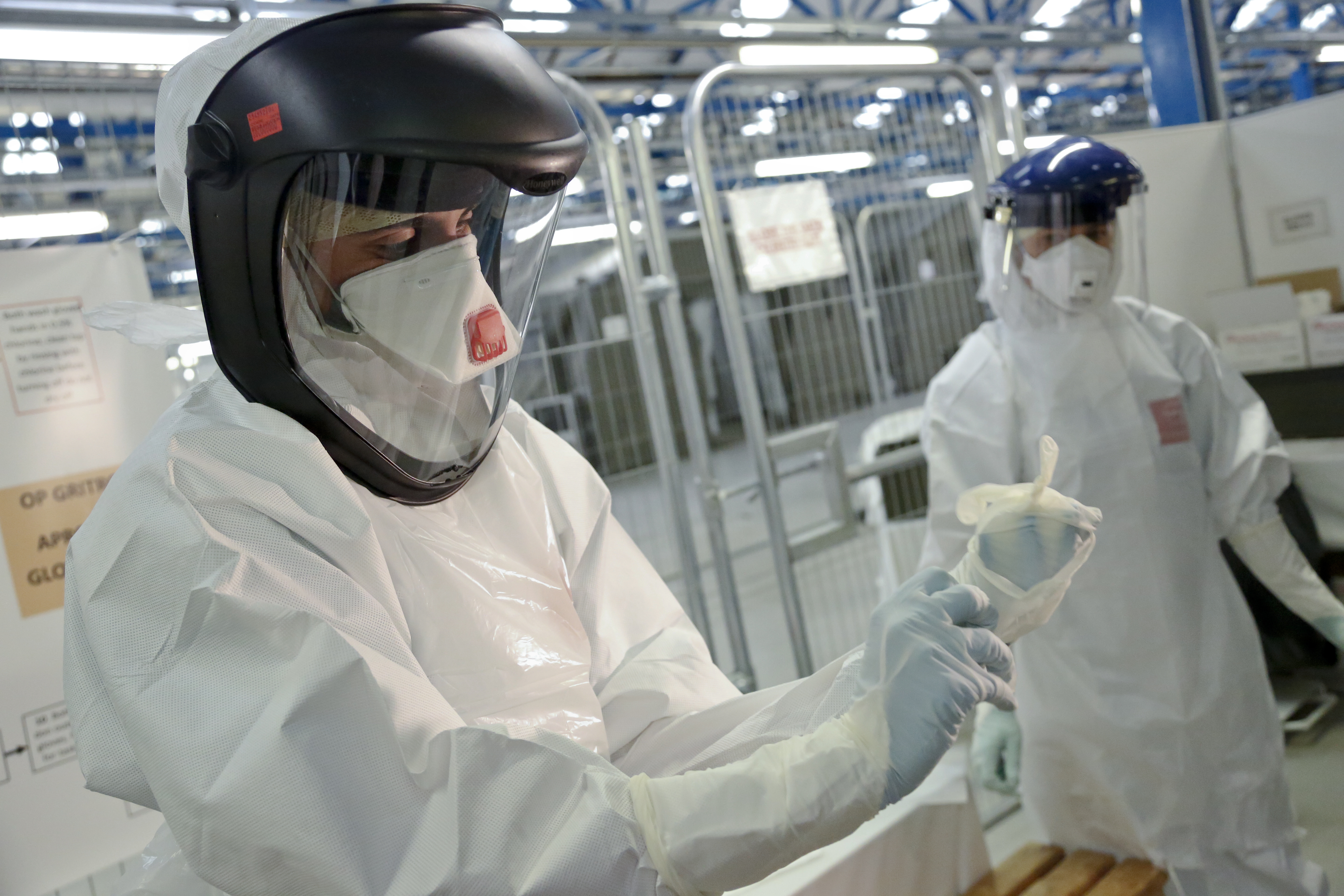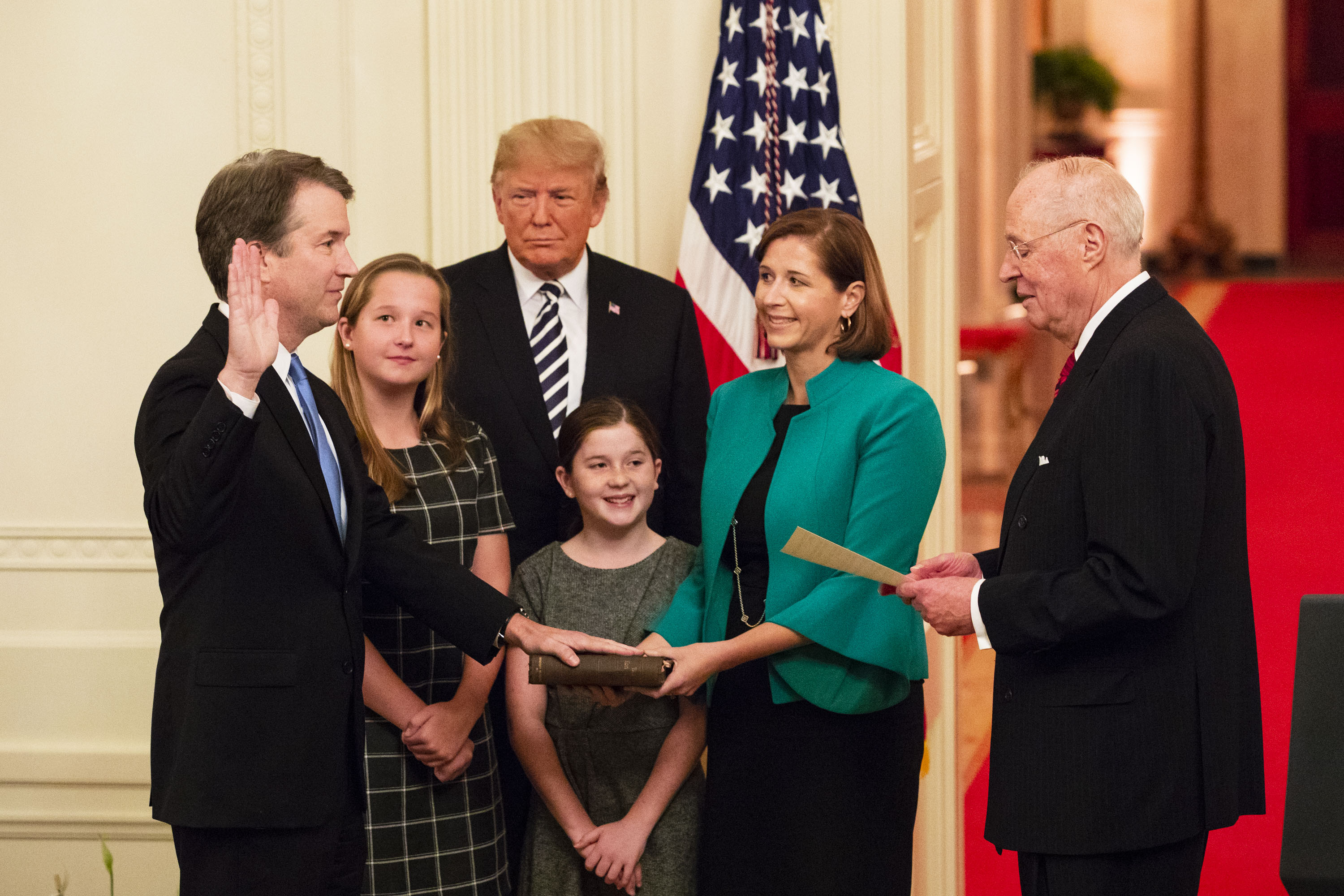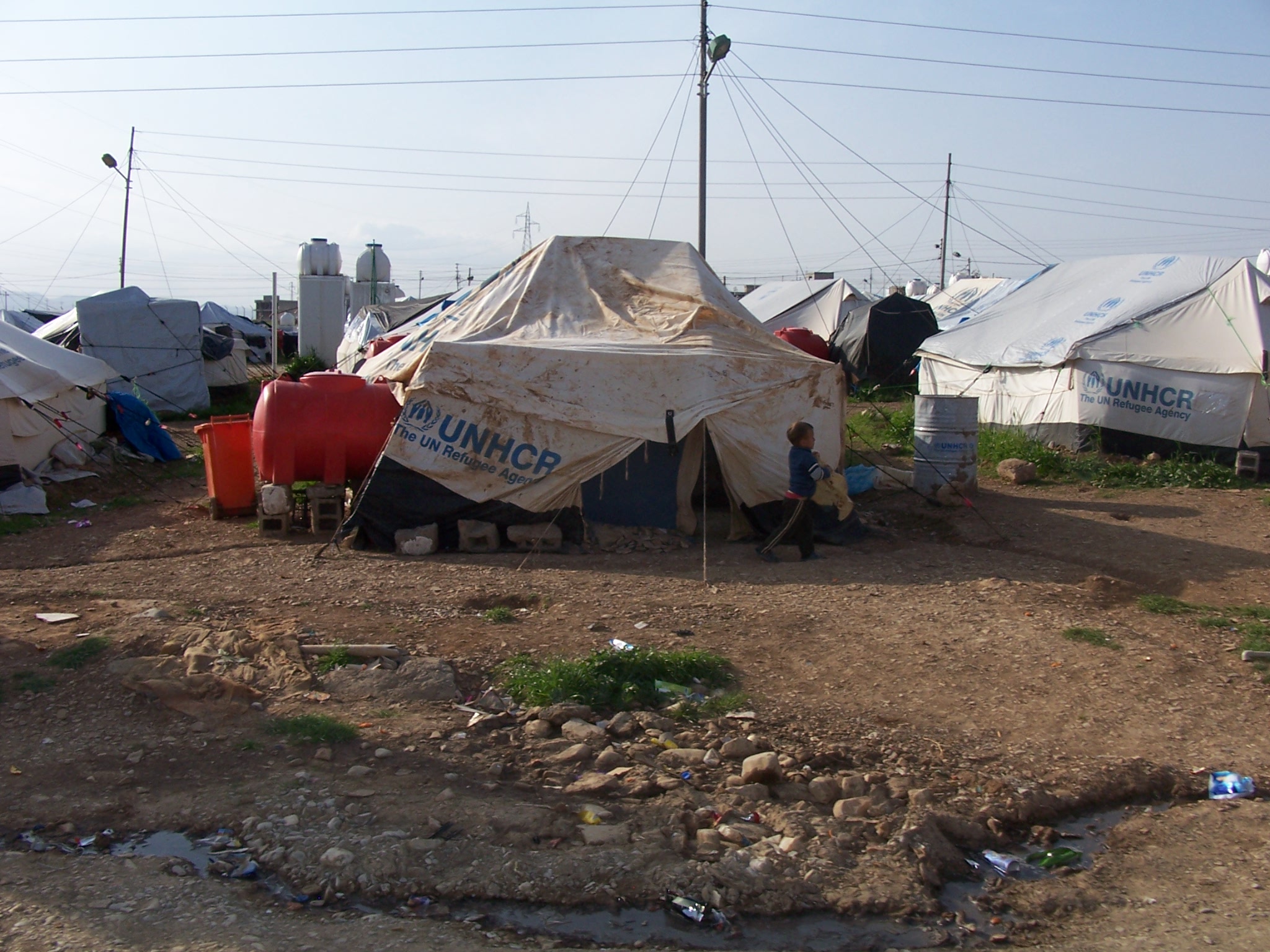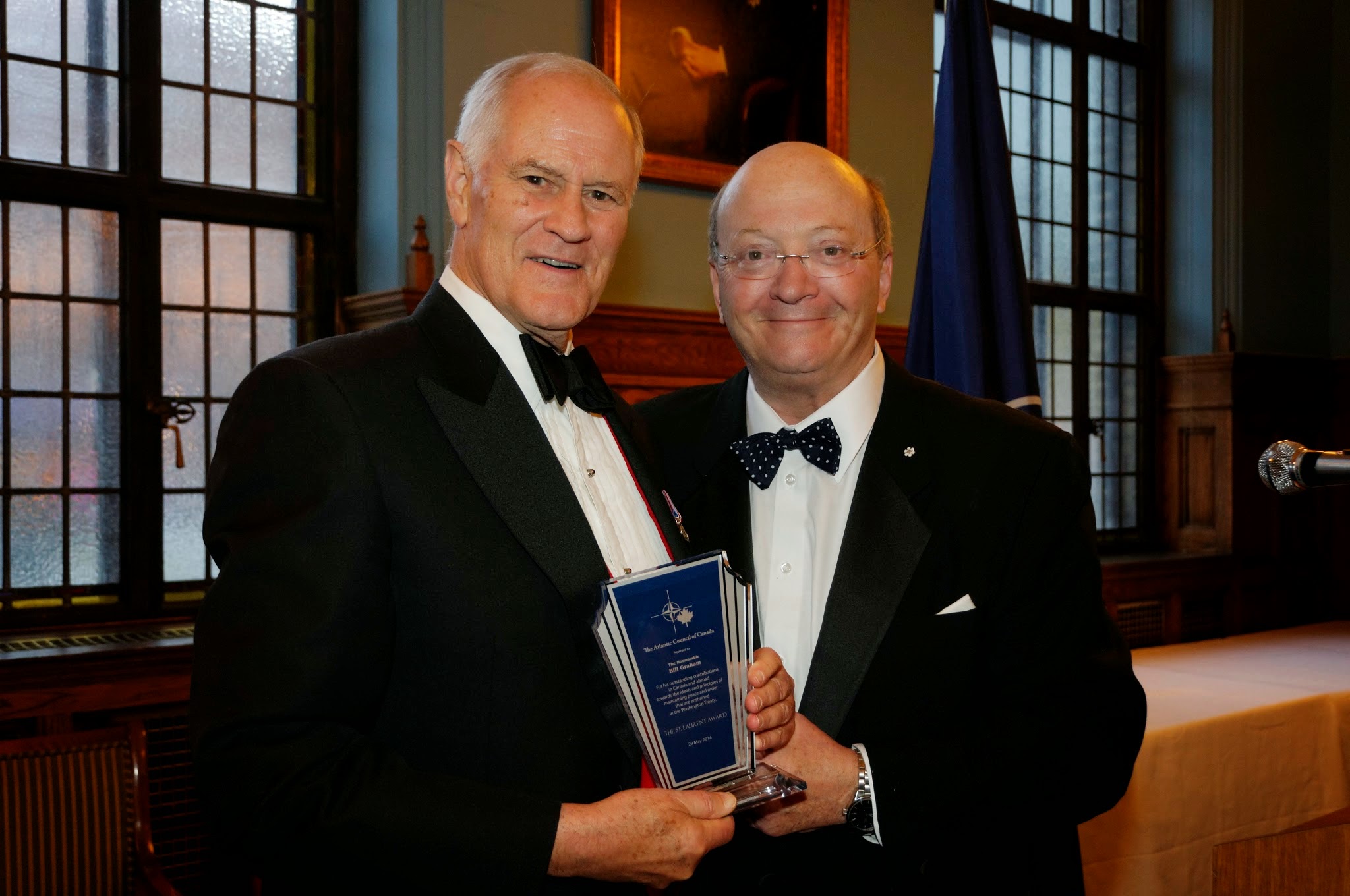Throughout the Cold War, biosecurity took a back seat to the threat of nuclear attack in the minds of U.S. policymakers. Since the most dangerous threat facing America was the prospect of nuclear war with the Soviet Union, national security efforts were focused on preventing and preparing for potential nuclear strikes. However, after the fall of the Soviet Union, the likelihood of interstate nuclear war was greatly reduced, and terrorism became the U.S.’ primary security concern. Bioweapons and the new threat of non-state actors launching attacks on civilians took centre stage among the most feared forms of terrorism. The relative ease of acquiring harmful biological agents, the ability to disguise the manufacture of bioweapons as legitimate medical research, and the capability of such toxic weapons to cause mass hysteria when used in heavily populated areas all made bioweapons well suited to terrorist use.
Two incidents in particular demonstrated the frightening potential of bioterrorism. The first was a 1995 attack on the Tokyo subway system by an extremist cult known as Aum Shinrikyo. The cult released deadly sarin gas on several train lines, killing 12 people and severely injuring 50, inducing panic and fear throughout Tokyo. Later, in 2001 in the U.S., letters containing anthrax spores were mailed to several news offices and two Democratic senators, killing five people and infecting 17 others. It was never definitely determined by investigators who the perpetrator was, but the FBI asserted that the now deceased Dr. Bruce Ivins, a scientist who worked in a government biodefence lab was the most likely suspect. The fear generated by these two attacks and the attention they drew to the threat of biological terror attacks led to the implementation of increased biosecurity measures and government regulation of the biological sciences.
First and foremost, the U.S. has invested over $60 billion in biodefence since the 2001 anthrax attacks. One of the more prominent measures taken by the government has been the 2004 Project Bioshield Act, a Congressional bill that allocated $5.6 billion to the purchase of vaccines to be stockpiled in preparation for potential biological attacks. Bioshield has enabled the acquisition of thousands of vaccines, most notably countermeasures for anthrax, smallpox, and botulism toxins. President George Bush also moved to reduce U.S. vulnerability to biological warfare by launching a national smallpox vaccination campaign in 2002, aiming to vaccinate military personnel and civilian workers in healthcare and emergency services. The program vaccinated over 600,000 members of the military, but only 39,000 civilian personnel, as many of the latter refused to be vaccinated for fear of potential side effects.
In 2003, the Department of Health and Human Services also took advantage of the new funding for biodefence, establishing eight “Regional Centers of Excellence for Biodefence and Emerging Infectious Diseases Research” made up of numerous universities and research institutions within specific geographic areas. In developing these research centre associations, the HHS developed a unified research infrastructure under the direction of the federal government focused on the sole aim of researching new vaccines and treatments to counter hypothetical biological strikes.
Fear of bioterrorism has also led to a dramatic increase in federal regulation of the biological sciences. Washington has moved to establish a list of select chemicals and toxins that could be used to produce biological weapons, restricting any research involving these biological agents to labs and scientists with special federal clearance. Along with this restriction, the government has also set new strict security standards to make sure that these dangerous chemicals are not stolen or diverted from their licensed users. Such measures have allowed Washington to ensure that any use of potentially deadly biological agents is subjected to federal oversight, and that these items are adequately protected.
While security experts have hailed these actions as crucial steps in combatting bioterrorism, many scientists have expressed concern with these new regulations. Some feel the difficulty of gaining a government clearance to conduct research using certain agents may deter scientists who want to engage in peaceful and important research. Others claim the complexity and scope of the regulations force labs and universities to spend valuable resources and excessive amounts of time to ensure their work is in compliance with security standards, reducing their ability to do scientific work.
Under the Obama administration, there have been several new developments in the area of biosecurity. In contrast to previous efforts, which focused primarily on domestic countermeasures and regulation, the current administration has taken a more international approach toward the issue. In recent years, the U.S. has greatly increased funding for programs that help other countries to improve their biosecurity measures. These programs are targeted primarily at developing countries in Asia and Africa, focusing on reinforcing norms of responsible laboratory conduct, strengthening the security of pathogen collections, and facilitating further intelligence cooperation to identify potential bioterrorist plots. This new strategy demonstrates that the Obama administration understands that in today’s interconnected world, biological threats can emerge from all over the globe. Labs working with deadly pathogens in Pakistan or South Africa could become sources for terrorist groups that seek to obtain a biological weapon, making the security of scientific facilities in these countries of the utmost importance to the U.S.
Overall, however, Washington has taken great strides in improving America’s biosecurity. Medical supply stockpiling, vaccinations, rising funding for research, along with increased regulation of scientific facilities both at home and abroad, have helped secure the country from biological attack. In the coming years, the U.S. must continue to upgrade its biosecurity measures and remain vigilant against the threat of bioterrorism.






